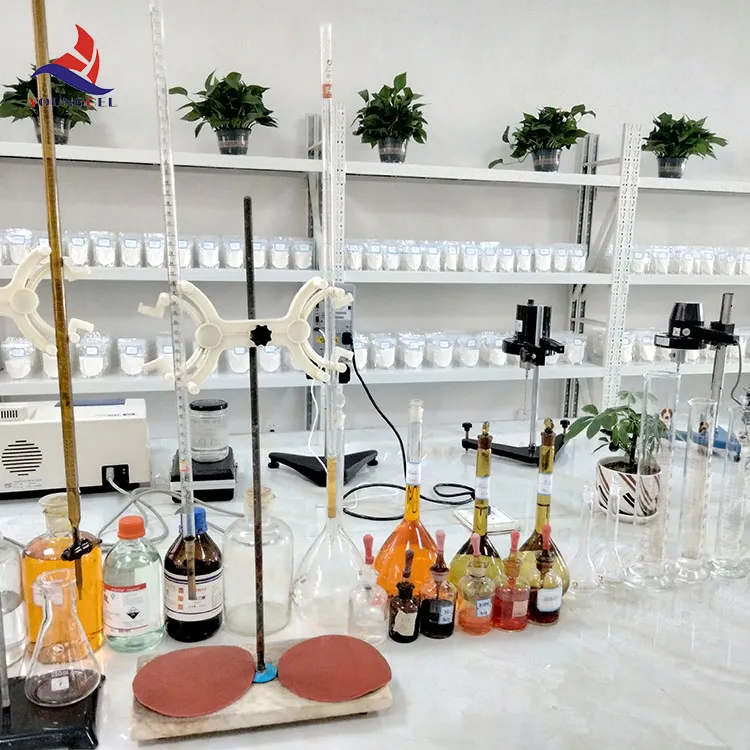Understanding RDP Powder A Comprehensive Overview
RDP (Redispersible Polymer Powder) is a crucial ingredient in the construction and building materials industry, particularly in formulations such as mortars, plasters, and adhesives. As a water-soluble powder, it provides significant enhancements to the performance and workability of these materials. In this article, we delve into the composition, benefits, applications, and considerations regarding RDP powder.
RDP is a dry, free-flowing powder made from thermoplastic polymers that can be redispersed in water. The raw materials used in its production include various types of polymers, such as vinyl acetate, ethylene, and acrylate copolymers. Once these polymers are combined and subsequently spray-dried, they form a fine powder. The ability to be redispersed in water is a fundamental characteristic that allows RDP to play an essential role in modifying the properties of construction materials.
Understanding RDP Powder A Comprehensive Overview
In addition to enhancing adhesion, RDP powder contributes to improved flexibility and elasticity in construction materials. This characteristic is vital in environments subject to expansion and contraction due to temperature changes. The incorporation of RDP allows materials to flex and move without cracking, increasing the longevity and durability of structures. Furthermore, enhanced flexibility also provides a level of resistance against mechanical stresses, ultimately leading to less maintenance and repair over time.
rdp powder

RDP also aids in achieving better water retention in mixtures. This is essential during the curing process of mortars and concrete, as adequate moisture content directly impacts the hydration of cement and overall strength development. By retaining moisture for a more extended period, RDP helps achieve optimal curing conditions, resulting in better final properties of the material.
The applications of RDP powder are diverse and widely used in various construction sectors. It is primarily incorporated into tile adhesives, self-leveling compounds, exterior insulation and finish systems (EIFS), and dry-mix mortars. Additionally, RDP is vital in producing lightweight plasters, joint compounds, and repair mortars. Its versatility allows it to cater to both interior and exterior applications, making it indispensable in modern construction practices.
Despite the numerous advantages offered by RDP, some considerations should be kept in mind during its use. The correct formulation and dosage are crucial to ensure optimal performance. Overuse of RDP can lead to adverse effects, such as reduced strength or altered rheological properties. Therefore, it is vital to adhere to manufacturer guidelines and conduct thorough testing to find the right balance.
In conclusion, RDP powder is a remarkable ingredient that enhances the performance and durability of construction materials. Its contribution to adhesion, flexibility, water retention, and overall workability makes it a valuable asset in the building industry. As the demand for high-quality construction materials continues to grow, the significance of RDP powder will likely remain pivotal in developing resilient and efficient construction solutions. Understanding its properties and applications will enable industry professionals to maximize its benefits, leading to improved construction practices and long-lasting structures.






